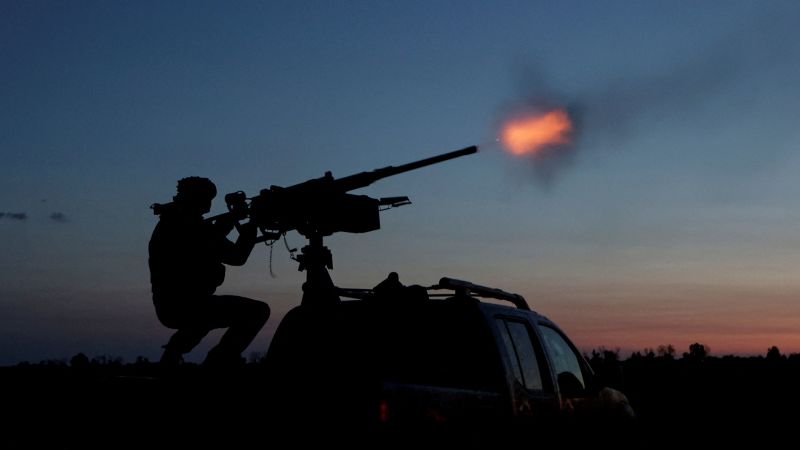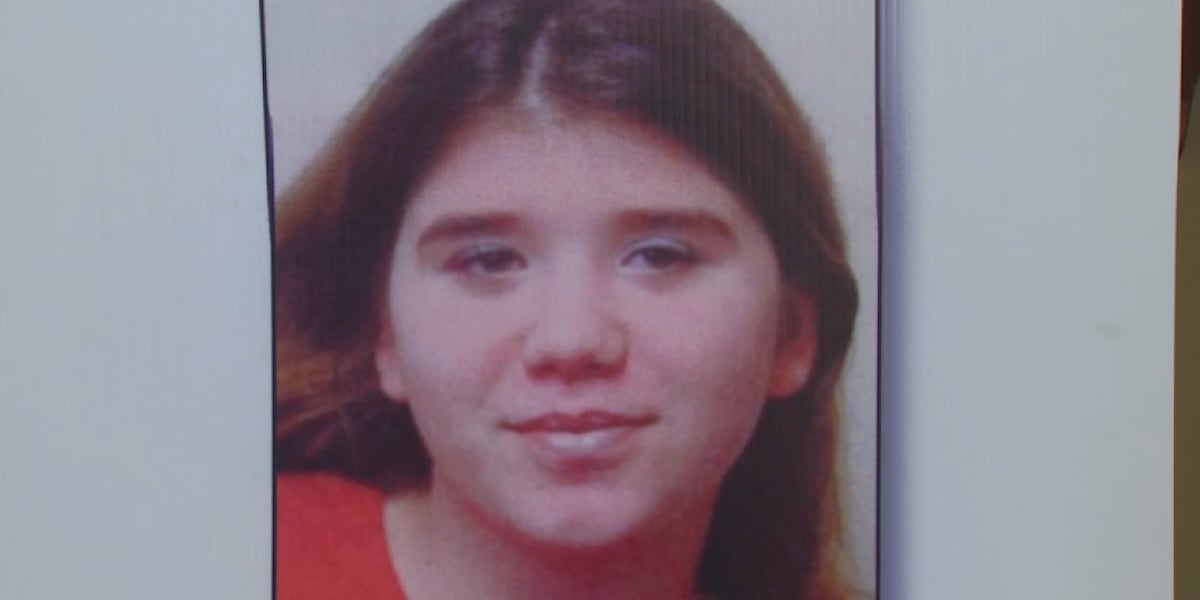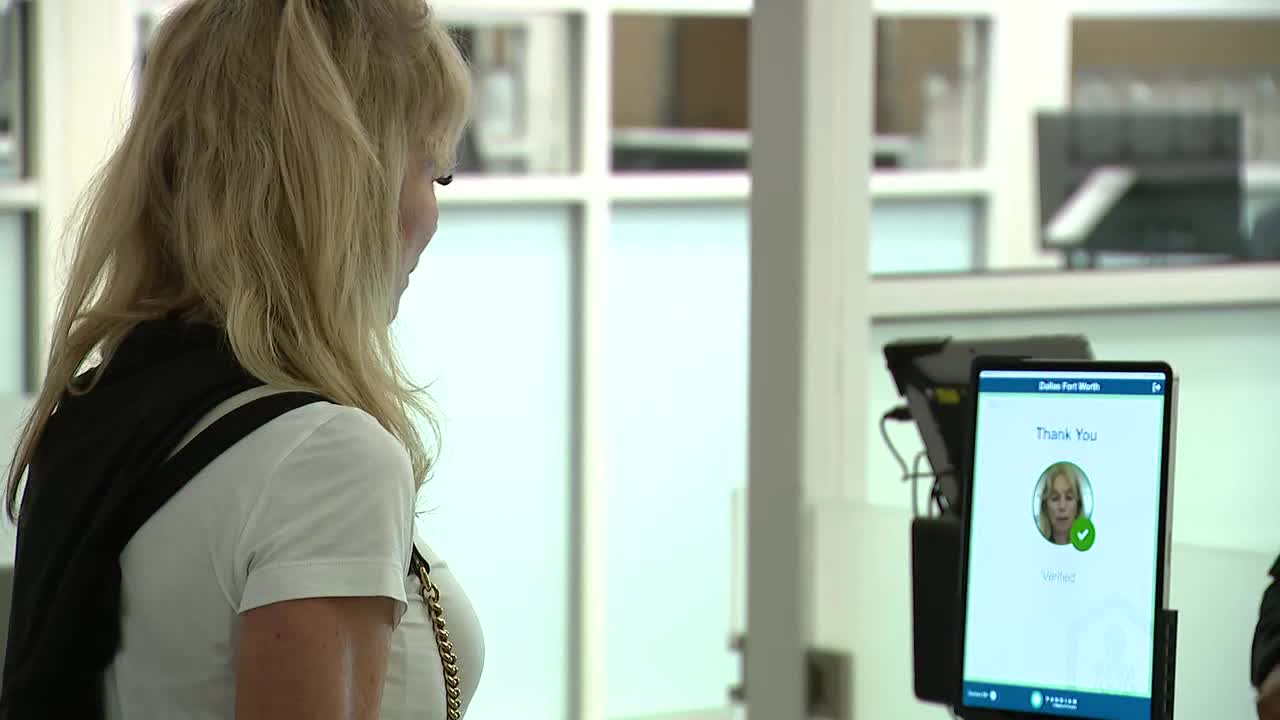Future-Proofing Airport Security: TSA Unveils Cutting-Edge VR Technology

The Transportation Security Administration (TSA) is taking a giant leap into the future of airport security with the unveiling of groundbreaking virtual reality (VR) technology. This innovative approach promises to revolutionise how security checkpoints operate, enhancing officer effectiveness and potentially improving the passenger experience. Forget traditional pat-downs – the TSA is exploring a world where advanced VR, haptic feedback, and touchless sensors simulate the sensation of touch, all within a controlled, virtual environment.
How Does it Work?
The core of this technology revolves around a sophisticated VR system. TSA officers would utilise VR headsets to immerse themselves in a simulated environment, allowing them to interact with virtual representations of passengers and their belongings. Crucially, the system incorporates haptic gloves, which provide realistic tactile feedback. This means officers can “feel” the contours and textures of objects within the virtual world without physically touching them. Touchless sensors further enhance this sensation, allowing for a more nuanced and detailed assessment.
Benefits Beyond the Physical: A Deeper Dive
The potential benefits of this VR technology are far-reaching. Primarily, it aims to improve the accuracy and consistency of security screenings. By simulating various scenarios and allowing officers to practice identifying potential threats in a controlled setting, the TSA hopes to reduce human error and enhance threat detection capabilities. The training possibilities are immense; officers can be exposed to a wider range of scenarios than traditional training allows, improving their preparedness for real-world situations.
Furthermore, the technology could address concerns surrounding privacy and passenger comfort. The virtual assessment eliminates the need for physical pat-downs in many cases, potentially reducing the intrusion and discomfort experienced by travellers. While the implementation of this technology won't completely replace human interaction, it offers a valuable supplementary tool to enhance security protocols.
Challenges and Future Considerations
Of course, the implementation of such advanced technology isn't without its challenges. Cost is a significant factor – developing and deploying VR systems across numerous airports will require substantial investment. Ensuring the system's reliability and accuracy is paramount; any flaws or inconsistencies could compromise security. Moreover, public perception and acceptance will be key. The TSA will need to clearly communicate the benefits of the technology and address any concerns regarding privacy and the potential for misuse.
The TSA’s exploration of VR technology represents a bold step towards future-proofing airport security. While widespread adoption may still be some years away, the potential to enhance officer training, improve threat detection, and potentially improve the passenger experience is undeniable. This is a development worth watching closely as it could reshape the landscape of airport security for years to come.
Looking Ahead: What's Next?
The TSA is currently conducting trials and refining the technology. Expect to see further announcements and demonstrations as the system progresses through the development pipeline. The ultimate goal is to integrate this VR technology seamlessly into existing security protocols, creating a safer and more efficient travel experience for everyone.





